Application of carbide ceramics in nuclear reactor
In recent years, the problems of environmental pollution and carbon emissions caused by fossil fuels have accelerated the development of nuclear energy. However, following the Fukushima accident in Japan, the requirements for the safety of the nuclear power system are increasing, so people have developed a new generation of nuclear power system on the basis of the third generation of nuclear power system. New generation materials for nuclear energy systems should have better mechanical properties, thermophysical properties, strong radiation resistance, corrosion resistance and thermal shock resistance. Therefore, it is urgent to optimize existing material systems and further develop new high-performance materials. Among many optional materials, carbide ceramic materials are currently the focus of attention.
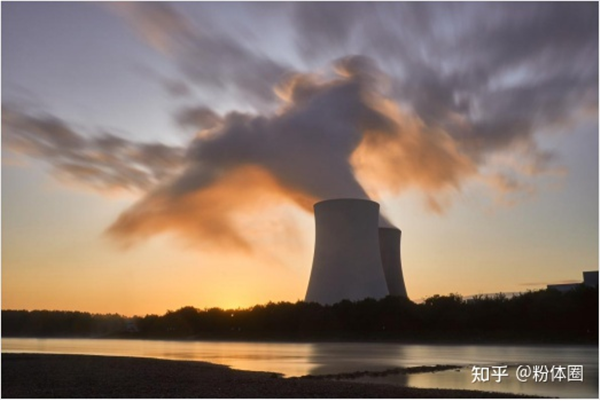
Figure 1. Source of nuclear power plant: pixabay
1、 Summary of properties of nuclear carbide materials
The service environment of nuclear materials is very harsh, and they need to withstand high temperature, high pressure, high corrosivity and high radioactive particle beam bombardment, which puts forward higher requirements for the selection of materials. Among them, the excellent properties of carbide ceramics provide more possibilities for the development of nuclear carbide ceramic materials.
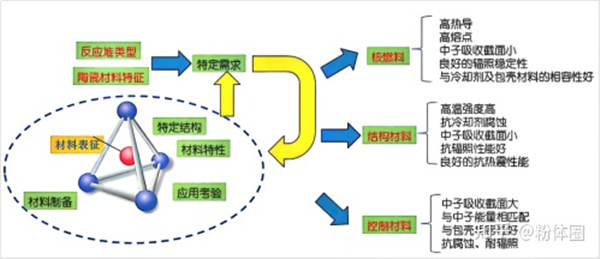
Fig. 2 Selection principle and performance requirements of nuclear materials
(1) In terms of microstructure, the atoms of carbide ceramics are mainly bonded by covalent bonds and ionic bonds, and the bond energy is large. According to the key type classification, carbides can be divided into interstitial carbides, covalent carbides and ionic carbides, among which the former two are widely used in nuclear energy systems.
(2) In terms of mechanical properties, carbide ceramic materials generally have high hardness, elastic modulus and compressive strength, and small thermal expansion coefficient. However, due to the inherent brittleness of carbide materials, toughening them is also the only way for the application of carbide ceramic materials.
(3) In terms of oxidation resistance, the oxidation resistance of different carbide materials varies greatly. Although most carbide materials will be oxidized at very high temperatures, some materials, such as SiC, will form a dense silicon dioxide protective film after being oxidized, showing excellent oxidation resistance.
(4) In terms of irradiation properties, most carbide materials show good radiation resistance. For example, the radiation swelling of continuous SiC fiber reinforced SiC ceramic matrix composites is only about 0.1%~0.2%.
(5) In terms of neutron absorption properties, the neutron absorption cross sections of different carbide materials vary greatly, which can be used in different scenarios. If it is used in the core neutron absorption material, it is required to have a large neutron absorption cross section and terminate the chain reaction faster under accident conditions.

Figure 3. Performance Summary of Major Carbides for Nuclear Power
2、 Major Carbide Materials for Nuclear Power
(1) Uranium carbide
Uranium carbide contains UC, U2C3 and UC2. The C/U atomic ratio of UC is very narrow at room temperature, and its carbon content is 4.80 wt%. UC2 exists in the form of sub stoichiometric ratio, and its C/U atomic ratio is 1.86~1.96146.47. It is unstable at room temperature and tetragonal at high temperature α- UC2 and cubic system β- Two types of UC2 exist. Below 1200K, U2C3 is unstable and decomposed into UC and C. Compared with UO2, UC fuel has higher thermal conductivity, can effectively flatten the power density and temperature gradient of the core, and has higher uranium density, which can effectively increase the loading of fissionable nuclides and reduce the refueling frequency. It is an important candidate fuel for advanced reactors, space power reactors and nuclear power rockets, and can also be used as an ideal target material for the production of radioactive ion beams.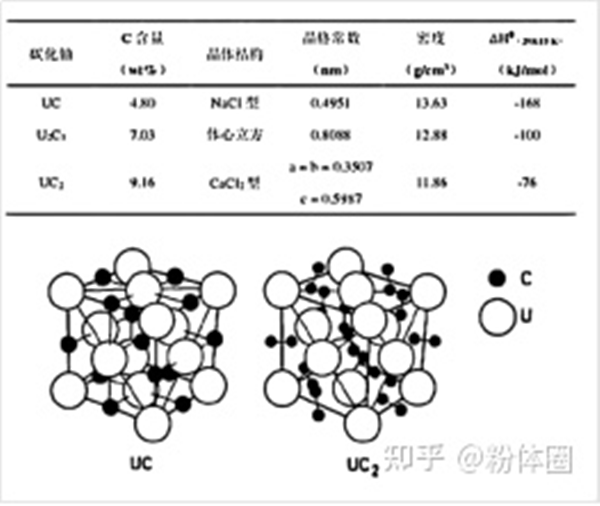
Fig. 4 Comparison of physical parameters of uranium carbide with UC and β- Unit cell structure of UC2
(2) Silicon carbide
The covalent bond of SiC material is extremely strong, and it can still maintain high bonding strength at high temperatures. It has good chemical stability and thermal stability, small high-temperature deformation, and low thermal expansion coefficient, so it is very suitable for high temperature environments. SiC is widely used in nuclear power systems, mainly as a coating layer for coating fuel particles, developing SiCf/SiC composite cladding, replacing zirconium alloy cladding, as a matrix material in gas cooled fast reactors, and as a structural material in molten salt reactors.
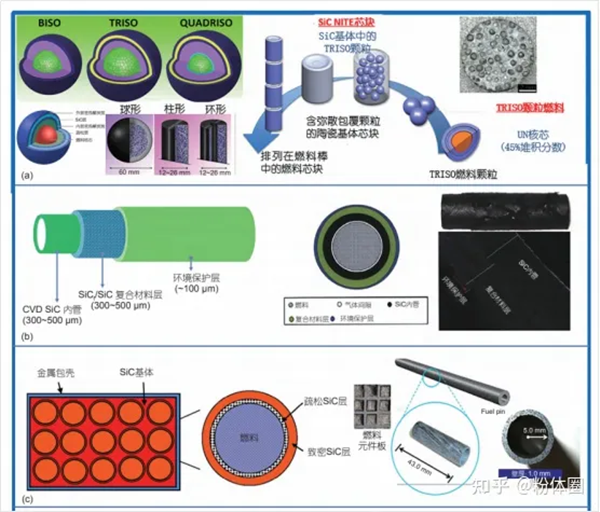
Figure 5. New SiC based Nuclear Fuel Elements for Advanced Reactors
(3) Zirconium carbide
Zirconium carbide ZrC) is a refractory metal compound, which belongs to the typical NaCl type face centered cubic structure. It has extremely high bond energy. Compared with SiC, ZrC has higher melting point, smaller thermal neutron absorption cross section, and better high-temperature mechanical properties and radiation resistance than SiC. At present, there are more and more researches on ZrC, and an important research direction is to use it as a new type of fission product barrier to coat fuel particles.
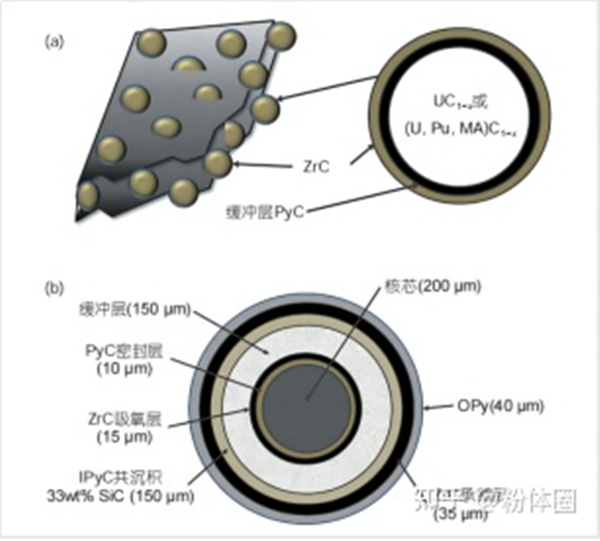
Figure 6. Fuel element form and fuel particles with ZrC ceramic as the matrix and/or coating
(4) Boron carbide
B4C belongs to rhombohedral crystal system, which can be seen as a three-dimensional structure of a cubic primitive lattice stretched in the spatial diagonal direction, with boron icosahedron arranged on each top corner. B4C is an important neutron absorbing material, control rod material and shielding material in nuclear power system, with low density, high melting point and hardness.
B4C has different application forms in different reactors. In BWR, powdered B4C is encapsulated in stainless steel cladding as thermal neutron shielding material; B4C powder is also used as neutron absorbing material in the heavy water reactor, and B4C powder is loaded into stainless steel tubes to form control rod assemblies; The cylinder combined with carbon and B4C is used as control rod in high temperature gas cooled reactor; For fast breeder reactor, B4C sintered pellets are loaded into stainless steel cladding to make control rods, which are used as control rod materials of reactor core. In addition, B4C can also be made into B4C absorption pellets, which can be used as the second shutdown system of high temperature gas cooled reactor, and can also be used as isolation blocks during spent fuel treatment to avoid accidental criticality.
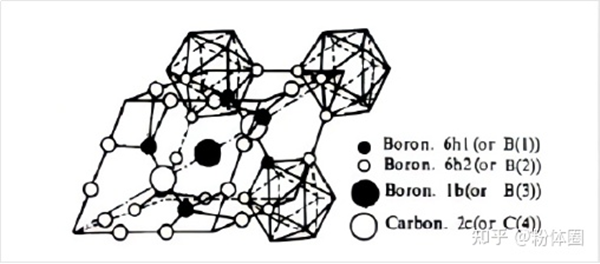
Fig. 7 Crystal Structure of Boron Carbide
In addition to the uranium carbide, silicon carbide, zirconium carbide and boron carbide described above, there are many other potential ultra-high temperature carbide materials, especially transition metal carbide, which is the material system with the highest melting point among the known compounds. This type of carbide includes titanium carbide (TiC), tantalum carbide (TaC) and niobium carbide (NbC).
summary
At present, the application of carbide ceramics in nuclear power system has been more and more extensive. For example, SiC as cladding material and B4C as neutron absorption material have been put into application, while UC fuel and ZrC as cladding candidate material are under development. Some materials have completed the irradiation test in the reactor and will be used in commercial reactors.
In the future, the research on nuclear carbide ceramic materials will focus on: (1) performance improvement, and the oxidation resistance of some carbide materials is weak. High temperature pre oxidation, element doping, oxidation resistant coating and other methods can be tried; (2) The preparation process focuses on powder synthesis and sintering to prepare carbide powder with smaller particles, more uniform distribution and better sphericity; (3) Compatibility, acquisition and establishment of irradiation data, scientific research and engineering production, etc.
Reference source:
1. Application status of carbide ceramic materials in nuclear reactor field Cheng Xinyu, etc
2. Preparation and Properties of Uranium Carbide and Uranium Boride Ceramic Powders
3. Preparation of Core Shell Structure Boron Carbide Powder and Study on Properties of Composite

